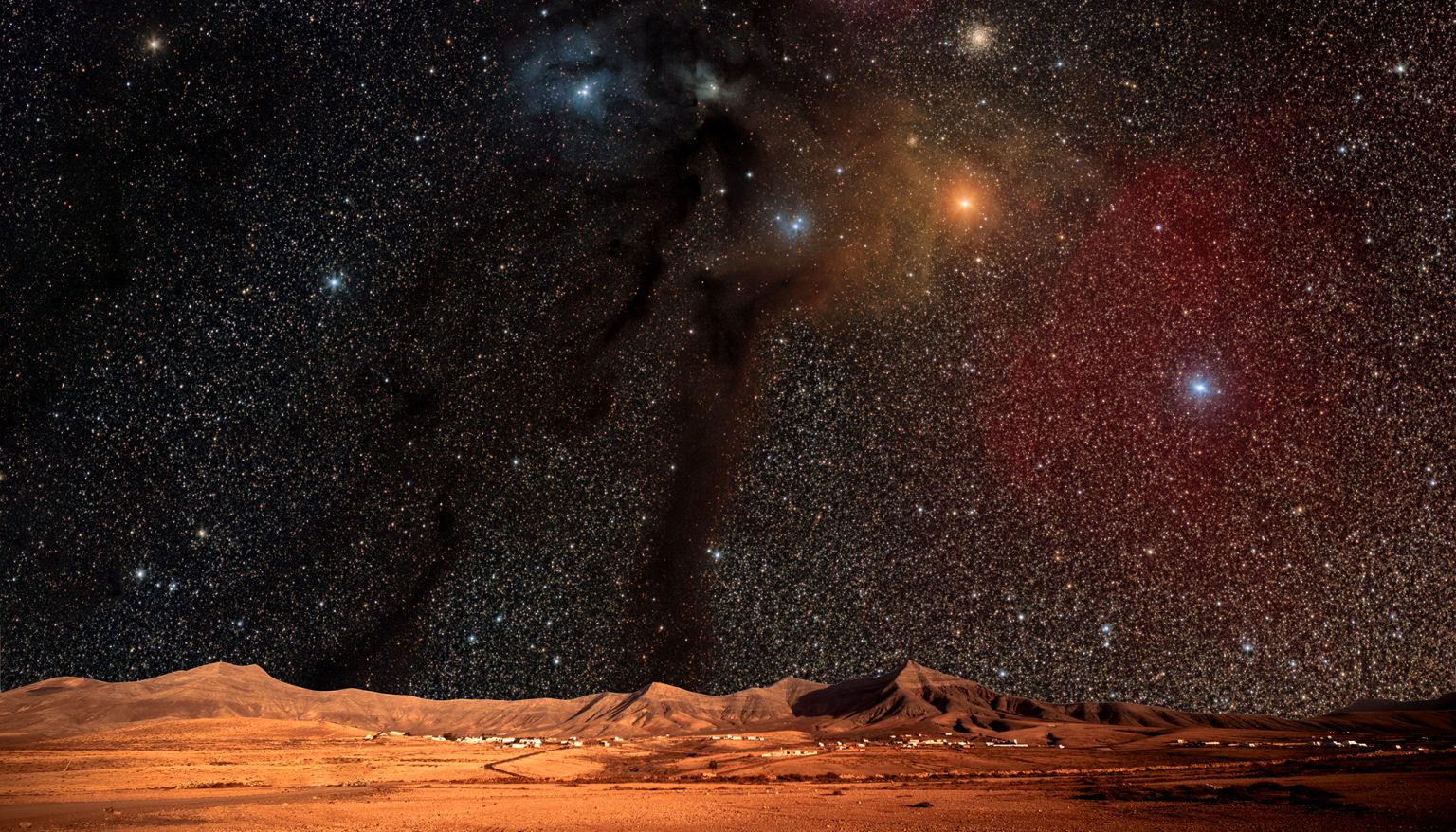This Moss Can Tolerate Harsh Environments, And Could Be Grow On Mars As A Crop One Day

Thanks to its ability to tolerate harsh environments, a desert moss could be grown as a crop on Mars one day.
Botanists and ecologists from the Chinese Academy of Sciences tested the plant’s durability by exposing it to extreme conditions.
The desert moss, Syntrichia caninervis, can survive in habitats where most other life forms would struggle to remain alive.
It is known to be capable of withstanding drought, but a team of scientists wanted to push its limits even further to see just how much the moss can endure.
In a new study, the researchers simulated three conditions: freezing temperatures, lethal levels of gamma radiation, and the severe climate of Mars.
“Our study shows that the environmental resilience of S. caninervis is superior to that of some highly stress-tolerant microorganisms and tardigrades,” wrote the researchers in their paper.
“S. caninervis is a promising candidate pioneer plant for colonizing extraterrestrial environments, laying the foundation for building biologically sustainable human habitats beyond Earth.”
The moss species is common in the desert environments of Tibet and Antarctica, as well as arid lands in the circumpolar regions. Its stem is covered with small, sharp leaves that aid in collecting and transferring water to its base.
Previously, studies have been conducted on algae, lichen, microorganisms, and plant spores to assess their ability to thrive in outer space or Mars, but whole plants have not been tested until now.
luchschenF – stock.adobe.com – illustrative purposes only
Sign up for Chip Chick’s newsletter and get stories like this delivered to your inbox.
First, the scientists tested the moss’s tolerance to cold. They put some plants in an ultra-cold freezer set at -80 degrees Celsius for three to five years.
Others were placed in a tank of liquid nitrogen at -196 degrees Celsius for 15 and 30 days. When the plants were defrosted, the scientists found that they regenerated, although they didn’t bounce back as quickly as samples that had been dehydrated instead of frozen.
The moss also could survive exposure to high levels of gamma radiation. Surprisingly, doses of 500 Gy seemed to boost plant growth.
Most plants would die if they were exposed to this much radiation. Humans experience severe convulsions and death when exposed to around 50 Gy.
Finally, the researchers created simulations of the conditions on Mars using the Planetary Atmospheres Simulation Facility at the Chinese Academy of Sciences.
The atmosphere they subjected the moss to was composed of 95 percent carbon dioxide, with temperatures ranging from -60 degrees Celsius to 20 degrees Celsius. There were also high levels of UV radiation and low atmospheric pressure.
After one, two, three, and seven days of exposure, the researchers saw that the moss plants achieved a 100 percent regeneration rate within 30 days.
Hydrated plants were in the simulation for one day, but they regrew more slowly than their dried-out counterparts. Still, both groups survived.
“Although there is still a long way to go to create self-sufficient habitats on other planets, we demonstrated the great potential of S. caninervis as a pioneer plant for growth on Mars,” the researchers wrote.
Welcome to Billionaire Club Co LLC, your gateway to a brand-new social media experience! Sign up today and dive into over 10,000 fresh daily articles and videos curated just for your enjoyment. Enjoy the ad free experience, unlimited content interactions, and get that coveted blue check verification—all for just $1 a month!
Account Frozen
Your account is frozen. You can still view content but cannot interact with it.
Please go to your settings to update your account status.
Open Profile Settings